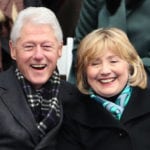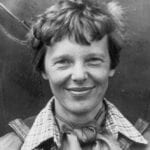 Our World
Our World  Our World
Our World  Movies and TV
Movies and TV The 10 Coolest Stars to Set Sail on The Love Boat
 History
History 10 Things You Didn’t Know About the American National Anthem
 Technology
Technology Top 10 Everyday Tech Buzzwords That Hide a Darker Past
 Humans
Humans 10 Everyday Human Behaviors That Are Actually Survival Instincts
 Animals
Animals 10 Animals That Humiliated and Harmed Historical Leaders
 History
History 10 Most Influential Protests in Modern History
 Creepy
Creepy 10 More Representations of Death from Myth, Legend, and Folktale
 Technology
Technology 10 Scientific Breakthroughs of 2025 That’ll Change Everything
 Our World
Our World 10 Ways Icelandic Culture Makes Other Countries Look Boring
 Our World
Our World 10 Ways Your Christmas Tree Is More Lit Than You Think
 Movies and TV
Movies and TV The 10 Coolest Stars to Set Sail on The Love Boat
 History
History 10 Things You Didn’t Know About the American National Anthem
Who's Behind Listverse?

Jamie Frater
Head Editor
Jamie founded Listverse due to an insatiable desire to share fascinating, obscure, and bizarre facts. He has been a guest speaker on numerous national radio and television stations and is a five time published author.
More About Us Technology
Technology Top 10 Everyday Tech Buzzwords That Hide a Darker Past
 Humans
Humans 10 Everyday Human Behaviors That Are Actually Survival Instincts
 Animals
Animals 10 Animals That Humiliated and Harmed Historical Leaders
 History
History 10 Most Influential Protests in Modern History
 Creepy
Creepy 10 More Representations of Death from Myth, Legend, and Folktale
 Technology
Technology 10 Scientific Breakthroughs of 2025 That’ll Change Everything
 Our World
Our World 10 Ways Icelandic Culture Makes Other Countries Look Boring
10 Controversial Air Crash Conspiracy Theories
The recent loss of Malaysian Airlines Flights MH370 and MH17 have been the source of endless speculation. Many questions remain unanswered. For MH17 at least, the answers suggest sinister goings-on and a crude attempt at a cover-up. Speculation over aircraft disasters isn’t new. Crashes from decades past continue to suggest that someone may have something they’re trying to hide.
Editor’s note: Where photos of the planes or crash sites were not available or appropriate, photos of planes of the same model have been used.
10 Cubana de Aviacion Flight 455
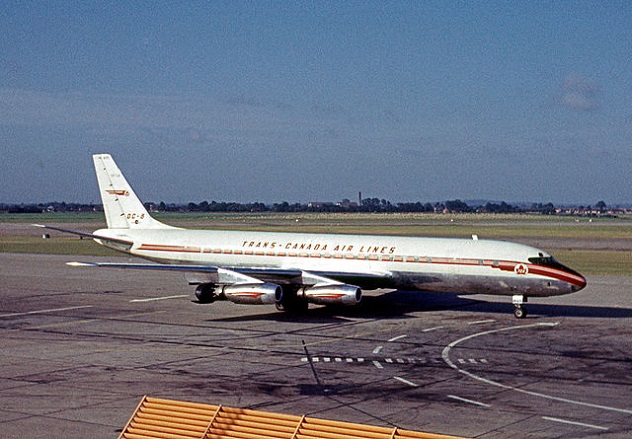
Cubana de Aviacion Flight 455 was brought down by two bombs on October 6, 1976, shortly after it took off from Seawell Airport in Barbados. Two bombs were created using plastic explosives hidden in toothpaste tubes. The bombs had been placed by two men, Freddy Lugo and Hernan Lozano, who’d boarded the plane in Trinidad and departed during its stopover at Seawell. They were found and arrested not long after the bombing.
Lozano originally claimed to have been working on behalf of the CIA, but retracted the claim later. He said he and Lugo had been paid $16,000 and $8,000 respectively by Luis Posada Carriles. Posada had been a CIA contact until just a few months before the bombing. He was working alongside Orlando Bosch, also a former CIA contact. Both men were terrorists with the main aim of destroying the reign of the United State’s long-time opponent, Fidel Castro.
Whether or not the CIA were in any way involved in the bombing, they appear to have known about it. Released intelligence reports show that a CIA contact had overheard Posada days before the attack claim “We are going to hit a Cuban airplane” and “Orlando has the details.” Both former CIA contacts were arrested and tried in Venezuela, but both were able to escape and flee to the US.
In 1990, President Bush issued an administrative pardon to Bosch for entering the country illegally. The Justice Department had protested sharply against the act as they believed he was a threat to public security. Posada has also called the US home for many years, which has faced severe criticism for keeping him from justice. Posada’s lawyer summarized the situation thus: “How can you call someone a terrorist who allegedly committed acts on your behalf?”
9 Argo 16
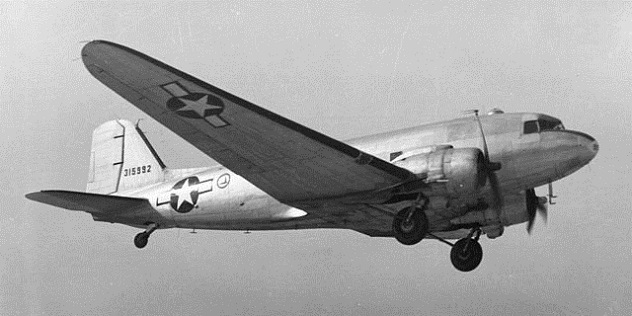
On November 23, 1973, a Douglas C-47 crashed into an industrial park in Venice. The C-47 was a World War II transport, but this particular plane had a much more storied history. It flew for the Italian government, was sponsored by the CIA, and had been packed out with surveillance electronics.
The crash was initially put down to pilot error, but a second investigation concluded that the aircraft had been brought down deliberately, perhaps by a bomb. Yet the plane, nicknamed Argo 16, wasn’t an easy target for terrorists. Its movements and purpose were classified. The flight crews and personnel that looked after the aircraft were from specially chosen units. Smuggling a bomb onboard the aircraft would have been almost impossible.
Two groups have been implicated in the attack. The first is the Israeli security agency, Mossad. In late 1973, the Italian government was reported to have signed a pact with the Palestine Liberation Organization. In response for the Palestinians leaving Italy free from terrorist activity, the Italians would shuttle any captured PLO members back to Palestine. Argo 16 was the plane supposedly used for such missions, and Israel wanted to send a very strong message.
An alternate theory involves Operation Gladio, an operation sponsored by the CIA. The idea was to train a paramilitary group to provide resistance should the Soviet Union choose to invade Europe. Argo 16 was used to fly Gladio materials between locations. An attempt to disband the organization was made in 1973, but recruits resisted the idea. Claims were made that the Gladiatori bombed Argo 16 as a message to Italy’s government that they wouldn’t be shut down quietly.
8 United Airlines Flight 553

United Airlines Flight 553 was coming in to land at Chicago Midway International Airport on December 8, 1972, when air traffic control asked it to circle back and make another approach. The pilot descended too rapidly with too low an airspeed, and the plane crashed into a residential area almost 3 kilometers (2 mi) short of the airport. Two people on the ground were killed, as well as 43 passengers.
The crash became notorious because one of the passengers killed was Dorothy Hunt, wife of one of the CIA agents convicted during the Watergate scandal. Her body was discovered alongside a handbag containing $10,000 in $100 bills. It’s suspected she distributed cash to people connected to the Watergate conspiracy, and the incident became known as the “Watergate crash.”
Conspiracy theorists have pointed to the unusually swift arrival of the FBI as evidence that the plane was brought down deliberately. Hunt was a CIA operative herself. Some theories have suggested that Hunt and her husband were threatening to reveal government secrets if charges against E. Howard Hunt weren’t dropped. In 1974, Howard Hunt’s superior, referring to the CIA, said “I think they killed Dorothy Hunt.”
Cyanide was found in the bodies of many of the dead but was said to have been a result of smoke inhalation. One investigative author claimed to have found that a radio ham had called a Chicago talk show in the hours after the crash and reported hearing an exchange discussing sabotage. The National Transportation Safety Board investigation concluded that pilot error was the sole cause of the accident and that there was no evidence of sabotage.
7 JAT Flight 367
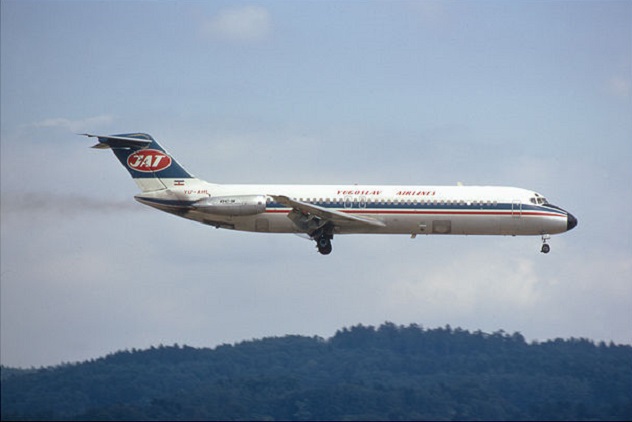
Vesna Vulovic, a former air hostess holds the Guinness World Record for highest fall survived without a parachute. On January 26, 1972, the plane she was traveling in was blown apart at 10,160 meters (33,000 ft) altitude. She fell into a frozen mountainside and was found with a serving trolley pinned to her spine. She spent 27 days in a coma and 16 months in the hospital before she was finally able to walk again. She took a desk job but has never stopped flying regularly.
The official story was that a bomb had been placed on the plane by Ustashe, a Croatian fascist terrorist group. There were, however, some big gaps in the evidence. Despite making an almost complete recovery, Vulovic never regained her memory of the crash. The flight recorder was also never found. Then in 2009, a pair of investigative journalists uncovered evidence suggesting the plane was mistakenly shot down by the Czechoslovak air force and covered up by the secret police.
The journalists uncovered witness statements from villagers who saw the plane fall intact until it was very close to the ground. They also saw a second plane in the area. Witnesses also reported finding Vulovic in the middle of the plane, while official reports claimed she had been near the tail. The debris field was also small, about what would be expected if the plane broke up at 800 meters rather than 10,000.
The investigators believed that the plane had come into difficulty and descended quickly. It was only around two minutes of flight time from a secret nuclear facility, and the Soviet leader was flying nearby at the time. The Czechoslovak air force would have been on the lookout for any suspicious aircraft and may have launched a MiG fighter to intercept the plane after mistaking it for an enemy aircraft.
6 The Kashmir Princess
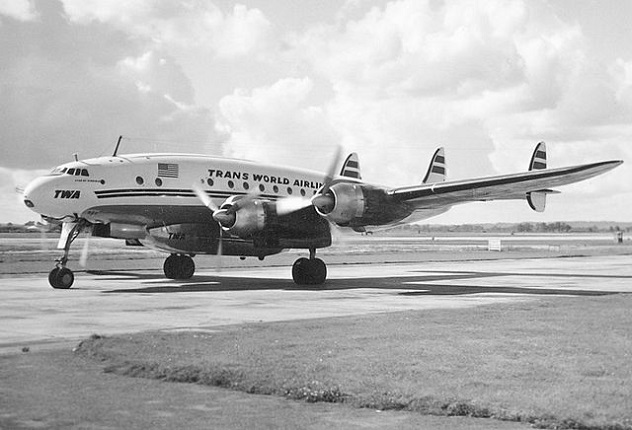
The Kashmir Princess was an Air India plane chartered by the Chinese government in 1955. On April 11, it was carrying delegates and journalists from Hong Kong to Indonesia. China’s president, Zhou Enlai, was due to be among them. He was delayed due to requiring emergency surgery, though his change in travel plans was a secret. When the plane reached 5,500 meters (18,000 ft) after takeoff, a bomb in the landing gear exploded. Three of the crew survived, but everyone else onboard was killed.
The obvious theory was that the bomb was an attempted assassination of the president. Investigators checked everyone that had been in contact with the plane and found one suspicious person: a Hong Kong janitor named Chow Tse-Ming. When they tried to find him, he’d gone missing. Authorities discovered that he’d been living using three different aliases and had spent his last few days in Hong Kong spending much more money than a janitor would typically have.
Chow Tse-Ming had fled Hong Kong on a flight to Taiwan on an airline that performed regular flights for the CIA. An American-made detonator was found among the wreckage. The Chinese were convinced that the US had been involved, and twice asked the Nixon administration about the events. Henry Kissinger is said to have commented that planting a bomb on a plane in Hong Kong was beyond the CIA’s capabilities.
The most common speculation was that the CIA supplied equipment to Taiwanese agents, who had put together the plot to assassinate Zhou. Yet subsequent revelations have shown another conspiracy. Zhou Enlai never had surgery; he’d been tipped off about the assassination attempt in advance. Rather than stop it, he’d let it go ahead. An attempted assassination by the Taiwanese was a good public relations move for the People’s Republic, and Zhou was able to use the publicity to his advantage when he arrived at the conference in Indonesia three days later.
5 Arrow Air Flight 1285
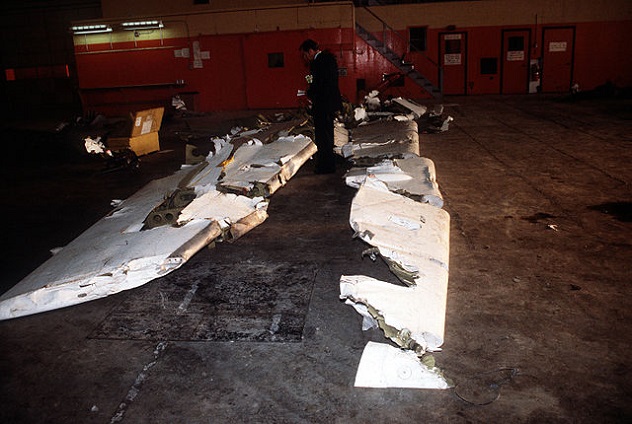
The worst aviation disaster ever to take place in Canada happened on December 12, 1985. Arrow Air Flight 1285 was a chartered plane flying US troops home from Cairo. It made a number of stop-offs en route including one at Newfoundland. Shortly after takeoff on its final leg to Kentucky, the plane stalled and crashed into the ground. Everyone onboard was killed, including eight crew members and 248 US troops.
The Canadian Aviation Safety Board was unable to determine a definitive cause for the crash. Their report suggested the most likely cause was buildup of ice on the wings, though four of the investigation team’s nine members filed an opinion that “detonations of undetermined origin brought about catastrophic system failures.”
An Islamic terrorist group is reported to have claimed responsibility for destroying the aircraft. Witnesses in Cairo claim to have seen the troops’ luggage left unattended, and the plane was loaded by non–US military personnel. A Canadian Press journalist received an anonymous phone call from someone with a Middle Eastern accent stating that there were diplomatic rumors that the plane had been destroyed by the bomb.
Les Filotas, one of the dissenting investigators, wrote a book about the crash in 1991. Filotas believes that so much went wrong onboard the plane at once that only an explosion fits. He believes that the US showed an “incredible lack of curiosity” given the scale of the disaster. He also thinks that the US authorities may have known things that were kept from the investigation team. Despite so many unanswered questions, the crash was overshadowed by the Challenger space shuttle disaster, which would follow about six weeks later.
4 The Helderberg Disaster
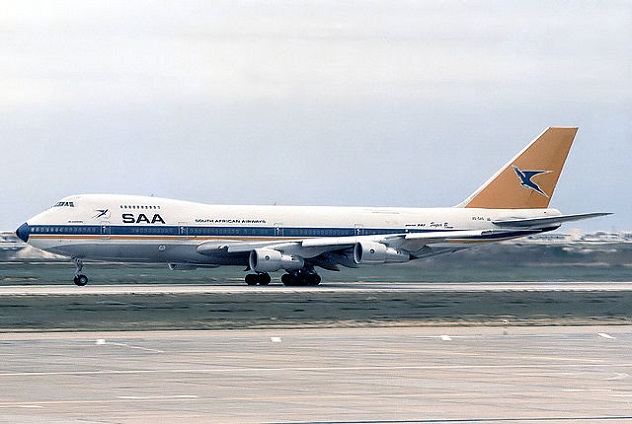
(Unlike the other photos here, this photo is actually the very plane that would later crash.) The Helderberg disaster took place on November 27, 1987. South African Airways Flight 295, a Boeing 747, crashed into the Indian Ocean nine hours into a flight between Taipei and Johannesburg. As Malaysia Flight 370 showed again decades later, recovering wreckage miles underwater is a difficult task. They were at least able to find the plane, and recover some of it with custom-built robotic vehicles.
The flight recorder was never found, and the voice recorder took two years to show up. The last radio contact from the pilots had told control that the plane was filling with smoke, and the debris revealed that a fire had burned at more than 600 degrees Celsius (1,112 °Fahrenheit). At the time, a Boeing specialist speculated that rocket fuel may have been carried in the cargo hold.
The theory was plausible. South Africa faced numerous arms embargoes due to the apartheid regime, and it’s believed that commercial flights may have been used to smuggle military equipment into the country illegally. The initial inquiry speculated that the lithium batteries may have caught on fire.
South Africa’s Truth and Reconciliation Commission, set up to investigate crimes from the apartheid era, asked forensic scientist David Klatzow to present evidence. Klatzow had been involved with the original inquiry and maintained a professional interest in the disaster. He noted a number of problems with the first inquiry, including a failure to interview all witnesses.
Klatzow believes that there were two fires onboard the aircraft and that it had been in trouble a lot earlier than official reports suggest. He believes that by the time of the second fire most of the people aboard will have been dead. He’d been asked to refrain from speculation about two fires in the 1980s. More damning, the tape from ground control which recorded communications from the plane during the early part of its flight went missing very early. Klatzow believes the pilot may have refrained from making an emergency landing before reaching South Africa as he was likely carrying illegal cargo.
3 The Mozambican Tupolev Disaster
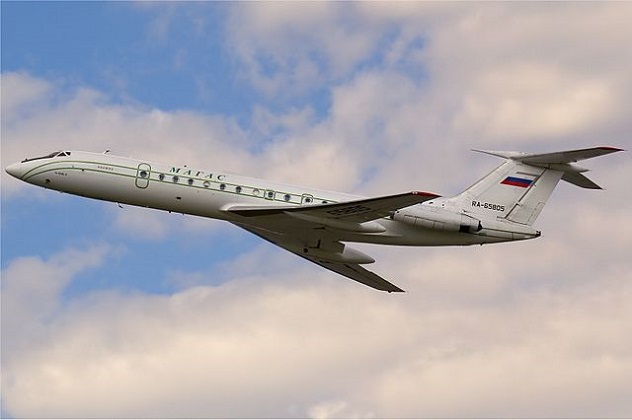
During the apartheid era, South Africa’s government made a habit of funding rebel groups in neighboring countries with governments opposed to the regime. The 1980s communist FRELIMO government of Mozambique found themselves in conflict with their neighbor to the south, and the South Africans had aided the anti-Communist RENAMO with whom the FRELIMO had been fighting a civil war since 1976. In October 1986, the Mozambican president Samora Machel met with his counterparts from Angola, Zaire (now the Democratic Republic of the Congo), and Zambia to discuss an Angolan terrorist group allied with South Africa.
On October 19, Machel was heading back to Mozambique in a jet flown by a USSR flight crew loaned to his government. Fifteen minutes before it was due to land at Maputo airport, the plane turned 37 degrees off course. The flight engineer was recorded as saying that the cockpit’s VOR, which tracks radio signals from the ground, indicated that was the correct direction. Less than 12 minutes later the plane crashed into the ground, miles off course.
The plane hit mountainous terrains a few hundred meters (about 1,000 feet) into South Africa, killing 34 people including President Machel. The original investigation concluded that errors by the flight crew were to blame, and that they’d programmed their VOR to the wrong ground beacon. Many people remained unconvinced.
In Mozambique, and in South Africa itself, many believe that the apartheid government arranged the murder. Prominent South African ambassador Abdul Minty has said he’s convinced “an electronic decoy was utilized to give the pilots false information about the maps and the region.” It’s a popular suspicion.
The Civil Cooperation Bureau (CCB) was South Africa’s government-sponsored hit squad during the apartheid era. In 2008, a former CCB operative appeared on television and claimed a beacon was used. Hans Louw said he was part of a “back-up team with missiles” on standby to shoot down the plane if the decoy beacon hadn’t done the job. A second anonymous agent confirmed the story. South African authorities adamantly deny that they were responsible for the crash.
2 Korean Airlines Flight 007
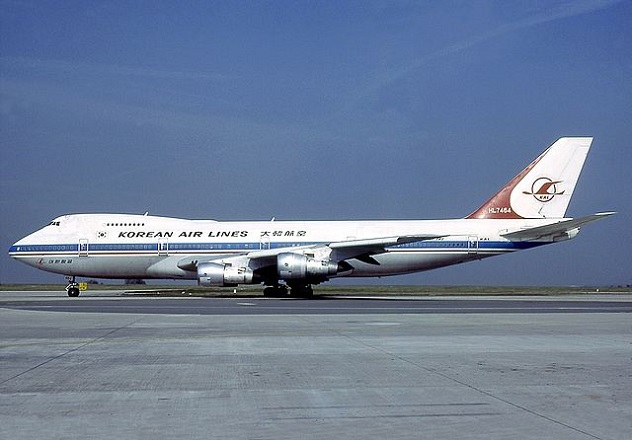
On September 1, 1983, Korean Airlines Flight 007 was shot down by a Soviet Su-15 interceptor jet. The Boeing 747 was carrying 269 passengers and had veered into Soviet airspace while flying between Anchorage and Seoul. The plane was 320 kilometers (200 mi) off its planned course when it was destroyed, and its reason for straying is one of the most hotly debated in aviation history.
The immediate reaction from the USSR was to deny knowledge of the plane. When they eventually admitted shooting it down, they claimed the plane was on a US spying mission. A report released in the 1990s confirmed the Soviets had no evidence for that theory.
The actions of the US government suggested they may have had something to hide, however. They killed an investigation by the National Transportation Safety Board (NTSB) and requested the International Civil Aviation Organization investigate the crash instead. The NTSB had powers to subpoena documents and witnesses that the ICAO could only ask for nicely. Some believe that American intelligence agencies had monitored the flight of KAL 007 on radar and failed to take any action to alert anyone.
The ICAO concluded that error by the flight crew was the cause for the flight straying. Many people think this is unlikely, as the flight crew had multiple pieces of navigation equipment that would have alerted them to the issue. The plane was carrying a US congressman, Larry P. McDonald, who was a vocal anti-communist. It’s been suggested that McDonald was a target and the USSR electronically lured the plane off course. Another theory suggests that the plane was flown off course to probe Soviet air defenses for US intelligence services.
It’s even been suggested that the US arranged for the plane to be shot down on purpose, in order to create stronger anti-Soviet sentiment around the globe. The Soviet leader, Yuri Andropov, called it a “sophisticated provocation masterminded by the U.S. special services.”
No full bodies were ever found, though the Soviets were able to recover some footwear and a few small pieces of human remains. They also found the cockpit voice recorder and released a transcript. It was 10 years before Russia released the actual recordings. The families of the victims continue to fight. The father of a woman killed in the flight said “Knowing for certain would have been so much better.”
1 Mull Of Kintyre Crash
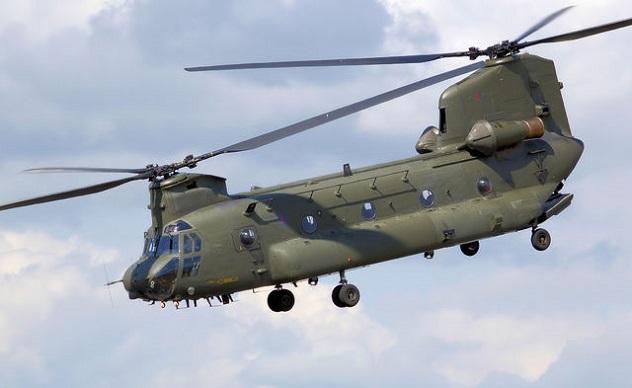
The deadliest peacetime helicopter accident in the history of the RAF took place on June 2, 1994. A Chinook en route to Inverness from Northern Ireland crashed into the Mull of Kintyre, killing all 29 people onboard. The passengers were 25 senior intelligence officials on their way to a security conference. An internal report originally declared the cause of the crash to be a mistake by the pilots, who were said to have been “negligent to a gross degree.”
The families of the pilots didn’t believe that. They believed that the RAF had spent a lot of money installing a deficient computerized control system, despite being warned against it by the USAF. They believed the pilots had been made a scapegoat in order to save face. A lawyer for the family of one of the pilots found that the initial RAF investigation had found no fault with the pilots, but had been later altered by senior officers.
In 2010, an internal Ministry of Defence document was leaked describing the software as “positively dangerous.” In May that year, the defense secretary ordered a review of the evidence. In 2011, the judge in charge of the review concluded there wasn’t evidence with which to blame the pilots. He hoped the conclusion would “bring an end to this very sad chapter by removing the stain on the reputations of the two pilots.”
Some people believe there’s an even darker conspiracy than an attempt to cover up deadly decision making. Some loyalists in the Northern Ireland conflict believe that many of the people onboard knew things that would be a threat to the peace process and had to be “taken out” to keep both sides at ease.
